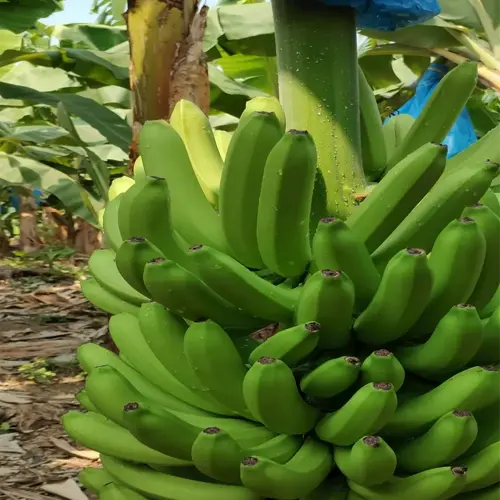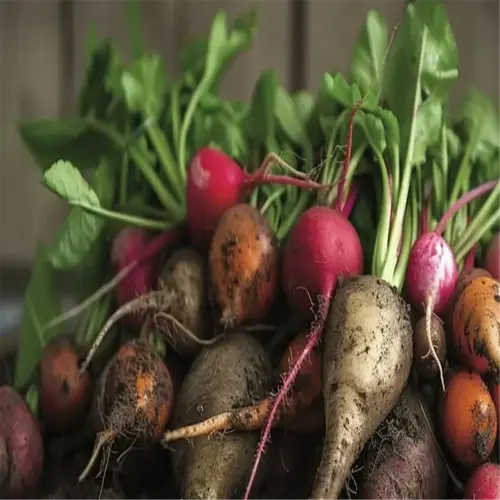How do you grow blueberries for beginners?

Written by
Benjamin Miller
Reviewed by
Prof. Samuel Fitzgerald, Ph.D.To truly simplify and start to understand how to grow blueberries, you have to begin with a soil that replicates their natural environment. Aim for a pH of 4.5-5.5, which cannot be compromised. Have the soil tested yearly, as a kit costs about $15? When the pH levels rise, you will need to add elemental sulfur or peat moss. I brought back some bushes that were dying in one season after the pH levels had been corrected from 6.2 to 5.1.
Soil Preparation
- Test pH 2-3 months before planting
- Mix 1 lb elemental sulfur per 100 sq ft for acidic adjustment
- Add 3" pine needle mulch post-planting
Planting Strategy
- Space bushes 5-6 ft apart for air circulation
- Bury root balls 1/2" deeper than nursery depth
- Water deeply with 2 gallons per plant immediately
Water Management
- Use drip irrigation to deliver 1-2" weekly
- Check moisture with finger test, damp at 3" depth
- Reduce watering in clay soils to prevent rot
Pruning Basics
- Remove dead wood in late winter
- Thin 20% oldest canes annually
- Disinfect tools with 70% alcohol between cuts
Pest Solutions
- Install 1/4" bird netting at flowering
- Apply neem oil fortnightly for beetles
- Trap spotted wing drosophila with apple cider vinegar
Container gardening creates options for small spaces. You should get 20-gallon pots and make sure they have drainage holes. Fill the pots with a mixture of peat moss, pine bark, and perlite in equal amounts. For Midwestern winters, I have wintered potted Bluecrop by wrapping the containers with burlap and mulching heavily with straw.
Be careful when fertilizing your plants. An organic option like a cottonseed meal delivers nutrients steadily. A synthetic 10-10-10 formulation may spike the pH. My rule of thumb is to take half of the recommended rate and apply it early in the spring and again after harvest. Yellowing leaves are more likely a symptom of over-fertilizing, instead of hunger, so test the soil before adding more.
Winter protection varies significantly depending on the growing zone. In the northern zones, I recommend mounding 6" of mulch over the roots after the first frost hits. In the southern zones, gardeners need to focus on keeping the roots hydrated; before the cold occurs, it is smart to water deeply. I lost a shrub to frost heave, and now I stake young plants so the roots will not be exposed.
Read the full article: How to Grow Blueberries: 7 Essential Steps for Success

